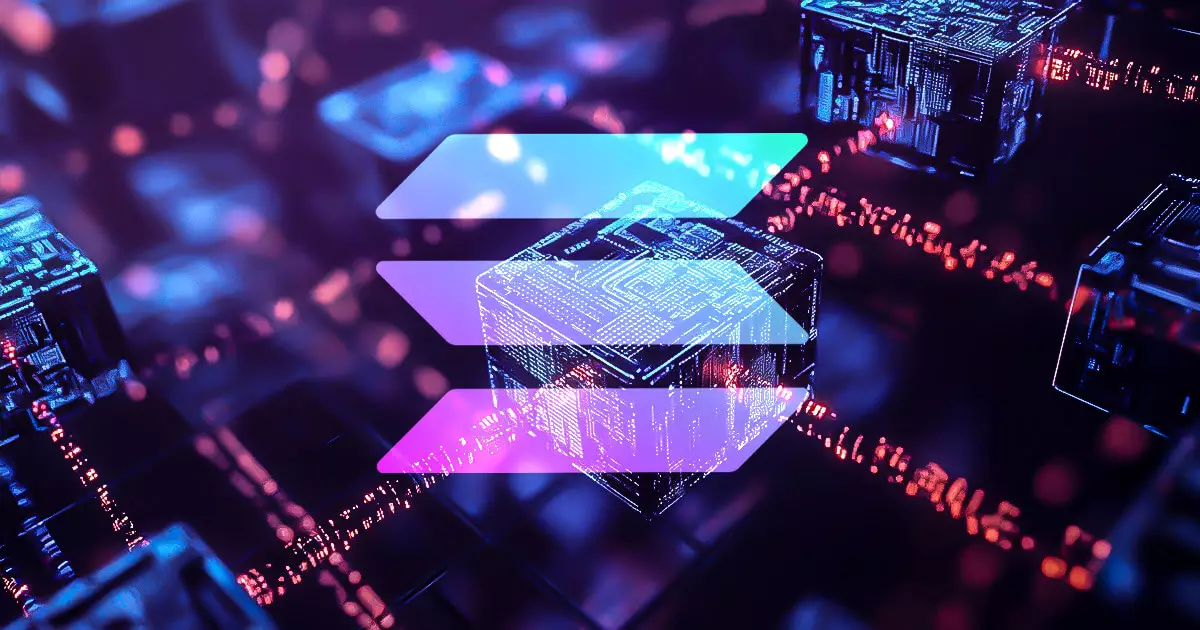Recently, the Solana blockchain community has emerged at the forefront of attention, primarily due to contention surrounding transaction delays on the Coinbase platform. Users have reported alarming wait times, with transactions taking as long as 45 minutes—a stark contrast to the expedited transaction times seen on competing networks, such as Algorand, Arbitrum, and Avalanche. As the third-largest blockchain system after Bitcoin and Ethereum, Solana has established a solid reputation, so why are its users facing such latency?
In a bid to explain the situation, Coinbase’s support team attributed these delays to ongoing wallet maintenance or potential blockchain issues. This assertion, however, did not sit well with the Solana community. Many users perceived this explanation as an attempt to undermine Solana’s technical capabilities while favoring Coinbase’s own Base network, which operates as a layer-2 solution built on Ethereum.
Mert Mumtaz, CEO of Helius Labs—a supplier of RPC services dedicated to Solana—quickly refuted Coinbase’s claims. He emphasized that the source of the delays was not Solana’s infrastructure, but rather the internal indexing systems employed by Coinbase. This perspective was also echoed by Austin Federa, Solana’s Head of Strategy, who stated unequivocally that the delays were tied to internal complexities within Coinbase’s operational mechanisms.
Such insistence on the internal nature of the delays illuminated the pressing need for transparency in communications from institutional players in the cryptocurrency space. Austin Federa described Coinbase’s earlier communications as problematic, stressing that the delays had nothing to do with the Solana network per se. The perception that Coinbase’s statements misrepresented the situation added fuel to the fire, stirring resentment within the Solana user base.
In a proactive move, a community note was appended to Coinbase’s support documentation, revealing a history of unexplained transaction delays affecting Solana for several months. Notably, the comparison of transaction metrics underscored Solana’s impressive Time to Finality—a mere 12 seconds—compared to the notably slower Base and Arbitrum at 16 minutes.
On November 28, Coinbase acknowledged the resolution of the issues plaguing Solana transactions and confirmed a subsequent update to their platform. Andrew Allen from Coinbase declared that the internal indexing issues had finally been resolved, with clarifications on the user interface rollout. However, lingering skepticism remains within parts of the crypto community, leading to accusations of Coinbase’s negligence towards Solana as a viable blockchain solution.
Even amidst these criticisms, voices like Kyle Reidhead, the creator of Milk Road, called for a more balanced perspective, urging the crypto community to acknowledge Coinbase’s wider contributions to the industry. This plea for unity presents an interesting divide in the community: while the operational grievances deserve attention, perhaps there is value in a broader viewpoint that recognizes the complexities of the industry’s growth.
The situation illustrates a critical juncture not only for the Solana community and Coinbase but the cryptocurrency landscape as a whole. As blockchain technology continues to evolve, the emphasis on transparent communication and inter-community collaboration will become increasingly paramount. The onus is now on exchanges like Coinbase to heal fractures in trust and foster a more productive dialogue with all blockchain communities, including Solana.


















